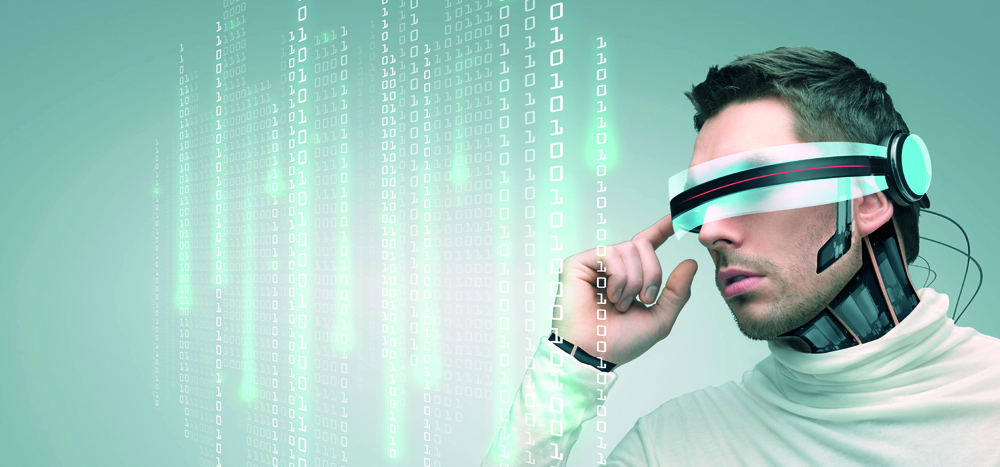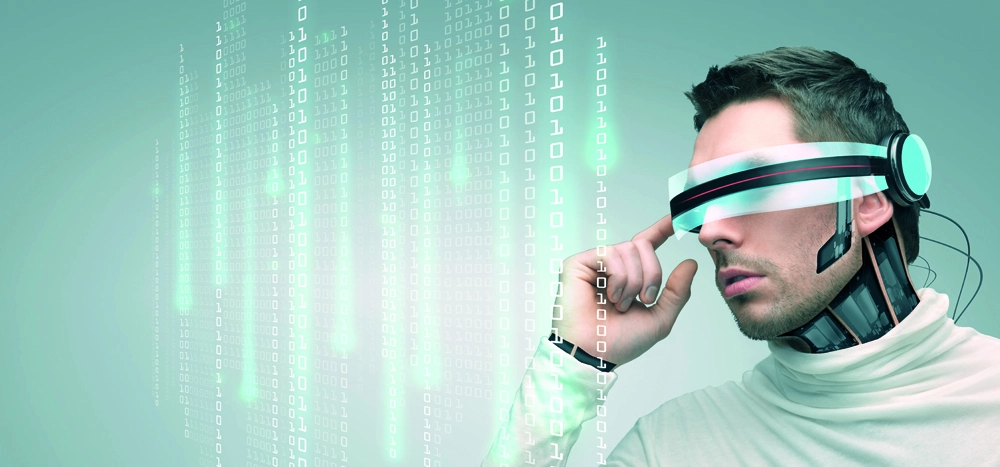We discuss the following topics in this blog:
- The 5G Revolution – There’s no better than the best
- 5G – The Tech-Harbinger
- The peerless supremacy of 5G networks
In addition to these topics, we shall also be answering the following FAQs:
- What is an Optical Fibre Cable?
- What is WiFi?

Contents
Overview
5G is the fifth generation of cellular networks that assures sublime and unprecedented proficiency. 5G technology furnishes facilities that distinctly surpass the previous 4G technology in various aspects. It offers groundbreaking solutions for ordinary people, business folks, and society. The 5G edifice is set up with a strong portfolio of fiber optic cables and wireless technology.
5G has the potential to drive global growth with $13.1 trillion dollars of economic output and the creation of more than $22 million new jobs.
How 5G Revolution will Change the World?
5G also works on the radio frequencies, like 4G smartphones, Wi-Fi networks, and satellite communications. However, the scope of 5G technology goes far beyond 4G. Imagine downloading an HD movie video on the smartphone in just a few seconds, even when many phones are connected to the same hotspot. The lag-free execution and managing things in real-time are highly promising with a 5G network. Such a higher-end network facility will compel enterprises to launch new application technologies compatible with 5G.
Compared to the previous wireless technologies, 5G provides higher data rates, reduced latency, higher capacity systems, energy savings, and cost reductions, making it faster and better than the other wireless technologies.
5G – The Tech-Harbinger
Countries like the USA, UK, China, and Australia are already leveraging 5G technology in their industries and organizations. From executing remote surgeries to telemedicine to upgrading self-driving cars to access live maps and traffic data faster, to advancing the game of smart cities to monitor air quality and power consumption, and that of smart buildings, smart factories, virtual reality gaming, etc. 5G connectivity is the Derek Jeter of the Internet league. The emergency management will be able to guide ambulances, police cars, and fire engines in the best possible route to their destination.
This superior technology provides a bandwidth of 1 Gbps, a download speed of 10 Gbps, and a latency of 1 ms. 5G is equipped with small cell technology to transmit signals, unlike the previous wireless technologies that used cell towers. 5G technology is built to use OFDM 100-800 MHz channels that break up different wireless signals into various channels to acquire greater bandwidth.

What is the Peerless Supremacy of 5G Networks?
5G implementation is experiencing accelerated growth in many countries, as the service providers are constantly developing infrastructure to support this new technology. 5G technology guarantees higher-end performance in IoT developments for smart highways, autonomous vehicles, high bandwidth AR applications, IoT-enabled robots, and sensors to enhance customer service delivery. This prodigious technology can change the face of the hi-tech world and many other sectors as well.
Its potential to innovate retail, hospitals, manufacturing, and domestic transportation is momentous. Wi-Fi and 5G networks will soon dominate the hotels and other public places to better customer experience. One of the most exciting applications of 5G connectivity is inventing swarms of drones that can communicate with each other. Such drones can carry out rescue missions, fire assessments, and traffic monitoring, and the video reports can be retrieved at the ground station at high speed.
5G technology is a necessity for today’s world to witness an overall growth in various industrial sectors, businesses, and academics. For the extensive use of 5G technology, high density, and high performance, fiber optic cable must be implemented in and out of the cities and remote areas. No wonder STL is playing a notable role in building the future of 5G technology.
FAQs
What is an Optical Fibre Cable?
“An optical fibre cable is a cable type that has a few to hundreds of optical fibres bundled together within a protective plastic coating. They help carry digital data in the form of light pulses across large distances at faster speeds. For this, they need to be installed or deployed either underground or aerially. Standalone fibres cannot be buried or hanged so fibres are bunched together as cables for the transmission of data. This is done to protect the fibre from stress, moisture, temperature changes and other externalities.
There are three main components of a optical fibre cable, core (It carries the light and is made of pure silicon dioxide (SiO2) with dopants such as germania, phosphorous pentoxide, or alumina to raise the refractive index; Typical glass cores range from as small as 3.7um up to 200um), Cladding (Cladding surrounds the core and has a lower refractive index than the core, it is also made from the same material as the core; 1% refractive index difference is maintained between the core and cladding; Two commonly used diameters are 125µm and 140µm) and Coating (Protective layer that absorbs shocks, physical damage and moisture; The outside diameter of the coating is typically either 250µm or 500µm; Commonly used material for coatings are acrylate,Silicone, carbon, and polyimide).
An optical fibre cable is made up of the following components: Optical fibres – ranging from one to many. Buffer tubes (with different settings), for protection and cushioning of the fibre. Water protection in the tubes – wet or dry. A central strength member (CSM) is the backbone of all cables. Armoured tapes for stranding to bunch the buffer tubes and strength members together. Sheathing or final covering to provide further protection.
The five main reasons that make this technology innovation disruptive are fast communication speed, infinite bandwidth & capacity, low interference, high tensile strength and secure communication. The major usescases of optical fibre cables include intenet connectivity, computer networking, surgery & dentistry, automotive industry, telephony, lighting & decorations, mechanical inspections, cable television, military applications and space.”
What is WiFi?
“Put simply, WiFi is a technology that uses radio waves to create a wireless network through which devices like mobile phones, computers, printers, etc., connect to the internet. A wireless router is needed to establish a WiFi hotspot that people in its vicinity may use to access internet services. You’re sure to have encountered such a WiFi hotspot in houses, offices, restaurants, etc.
To get a little more technical, WiFi works by enabling a Wireless Local Area Network or WLAN that allows devices connected to it to exchange signals with the internet via a router. The frequencies of these signals are either 2.4 GHz or 5 GHz bandwidths. These frequencies are much higher than those transmitted to or by radios, mobile phones, and televisions since WiFi signals need to carry significantly higher amounts of data. The networking standards are variants of 802.11, of which there are several (802.11a, 802.11b, 801.11g, etc.).”














